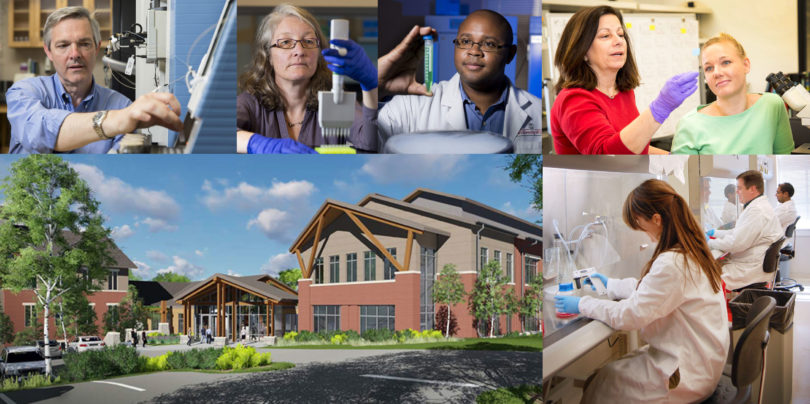Total research and development expenditures surged for the fourth consecutive year at the University of Georgia to an all-time high of $458 million in fiscal year 2017. The record total represents a 31 percent increase in R&D expenditures since fiscal year 2013.
Remarkable growth in funding from external grants and contracts is driving the surge in overall expenditures. Externally funded research activity has climbed 37 percent over the past three years to $198 million in fiscal year 2017.
“This tremendous growth in productivity reflects the unyielding commitment of UGA faculty to solve the important challenges of our time,” said President Jere W. Morehead. “Their dedication, bolstered by major faculty hiring initiatives and strategic investments in research since coming out of the Great Recession seven years ago, is elevating our research enterprise to new heights and expanding the university’s positive impact on lives and communities across this state and beyond.”
UGA’s increase in research spending comes at a time when federal funding of higher education research and development is declining in both current and inflation-adjusted dollars.
“Despite an extraordinarily competitive environment, UGA researchers continue to win a larger share of the federal R&D support budget,” said Vice President for Research David Lee. “In recent years, only a handful out of every 100 grant proposals received from universities all across America is funded by federal agencies. UGA researchers are successfully competing with the very best.”
The university has identified three signature research themes to illustrate the broad impact of the institution’s expanding research enterprise: inquiring and innovating to improve human health; safeguarding and sustaining our world; and changing lives through the land-grant mission.
“Ultimately, what we care about are the impacts of UGA’s research,” said Senior Vice President for Academic Affairs and Provost Pamela Whitten. “Our efforts to grow the research enterprise align with our vision to address major challenges facing the world, including infectious diseases, food security, sustainable materials, infrastructure resilience, and cyber-security.”
Total R&D expenditures include grants and contracts principally from federal agencies but also from foundations, corporations, the state of Georgia, and other sources, as well as institutional funds. The figure is reported to the National Science Foundation for inclusion in its annual Higher Education Research and Development Survey.
Each dollar of external research funding is estimated to create $2 in economic impact, contributing to the broader economic development focus of the university.








